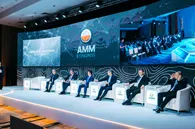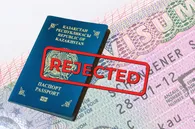You won’t find Kazakhstan in the 10 most visited countries list in 2022. Not even in the top 50. It’s not like we don’t have anything unique to show for: we have beautiful mountains, diverse flora and fauna, and rich cultural history as any country in the world. Unfortunately, relying on natural attractions alone is not enough to sustain the tourism industry in modern times.
Astana – a capital city built from the ground up – is an ideal candidate for developing a more modern, business-oriented tourism. Though it’s often derided for its lack of architectural character, the city’s short history and the futuristic urban setting provide a comfortable ground for commercial transactions.
How do we create a distinguishable city brand that can compete with established world cities, like, say, New York or Tokyo? In this article, QazMonitor attempts to explore the capital’s progress in building its unique image.
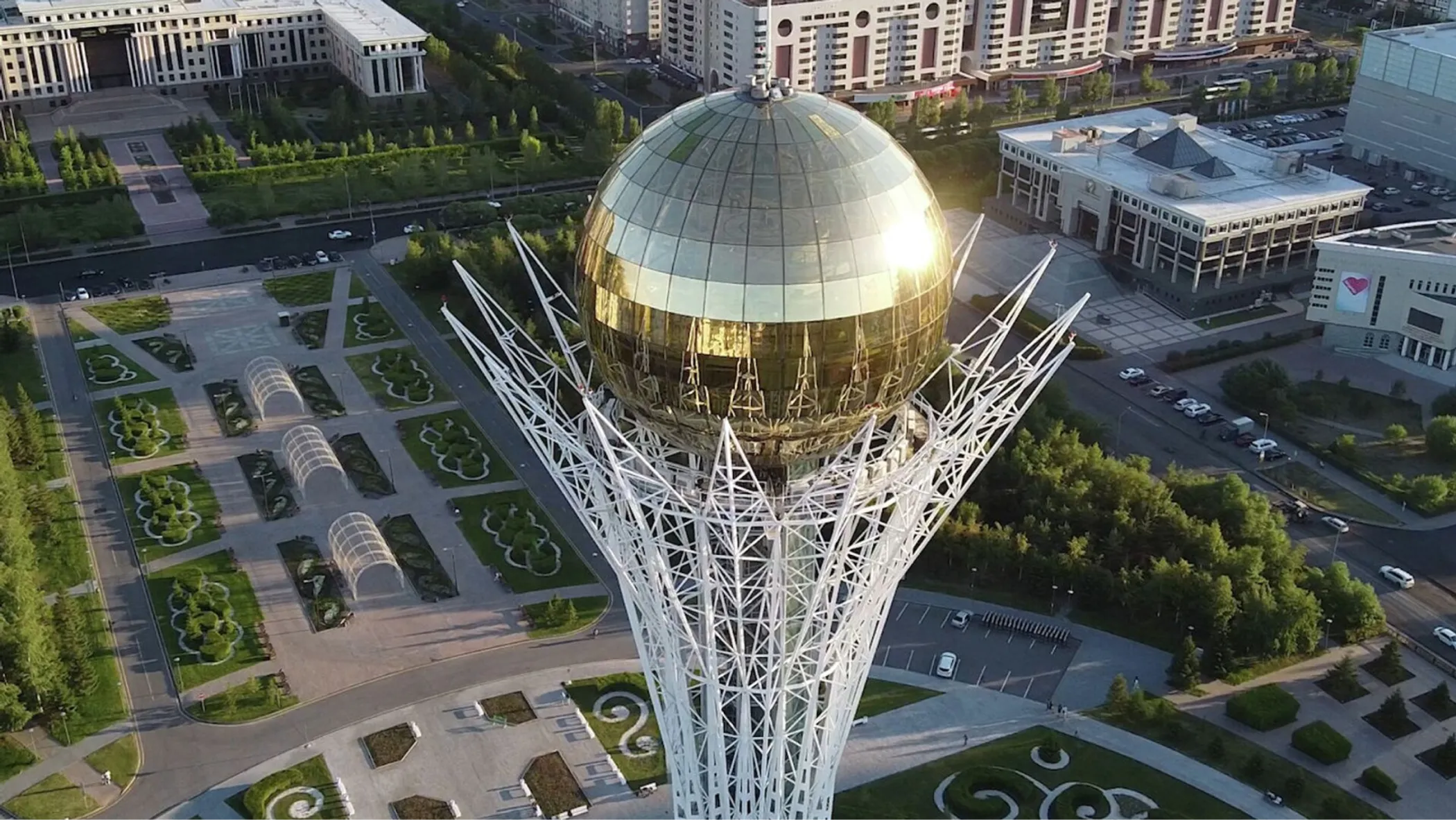
MICE and its impact
When the small provincial city of Akmola became the capital of Kazakhstan in 1997, it only occupied one side of the Ishim (Yesil) river, now known as the Right Embankment or the Old City. Today, the left side of the river is a picture-perfect cityscape decorated with Kazakhstan’s most recognizable architecture – Baiterek.
Building more attractions, however, will hardly interest tourists either.
In 2016, Astana became a member of the International Congress and Convention Association (ICCA) enabling it to participate in worldwide business-oriented tourism, or MICE tourism, which stands for Meetings, Incentives, Conventions, and Exhibitions.
Thanks to comfortable venues and the scope of services provided, MICE tourism attracts a global audience of entrepreneurs who have a higher demand for comfort than typical tourist lures, such as the abundance of captivating architectural sights or robust logistical services. Their main goal is the deal itself. Location comes secondary.
This – no matter how it sounds – may be a competitive advantage that Astana holds over cities with centuries-old “baggage”.
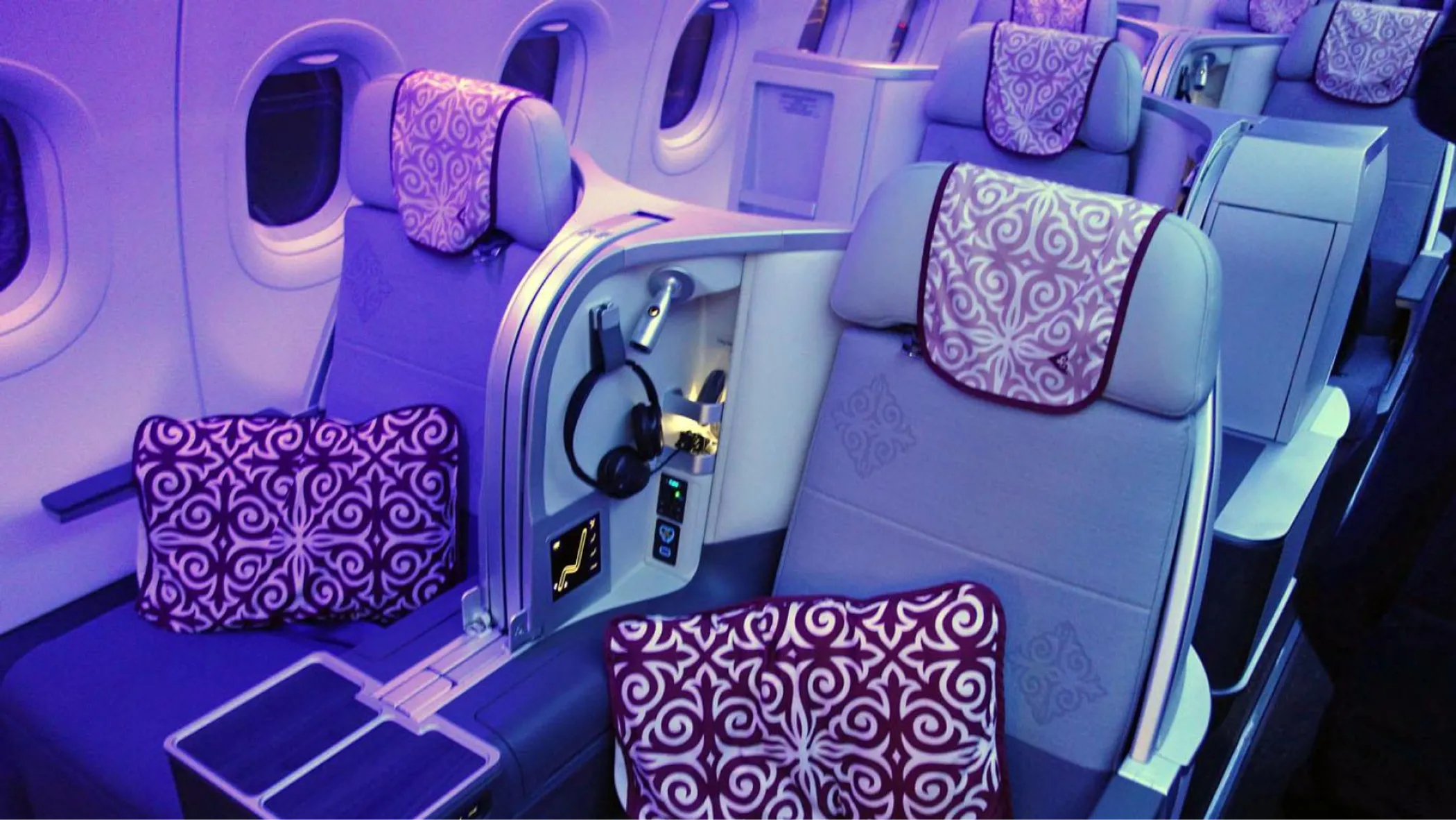
Before we dive into specific examples in the Kazakh capital, let’s get a brief insight into MICE tourism, a lucrative industry which generates over $440 billion annually in the US market alone.
MICE arose from the need to communicate between large businesses in the 70s. That necessity began a shift to a new business etiquette which can be summarized as follows: “Propose a meeting on their side to demonstrate the seriousness of your company's intentions”.
Now it’s the fastest-growing segment of the global economy with over 40% of world travel reserved for business trips. According to the World Tourism Organization, most of the attendees at international business events are top and middle managers with an average spending of three to four times that of regular travelers.
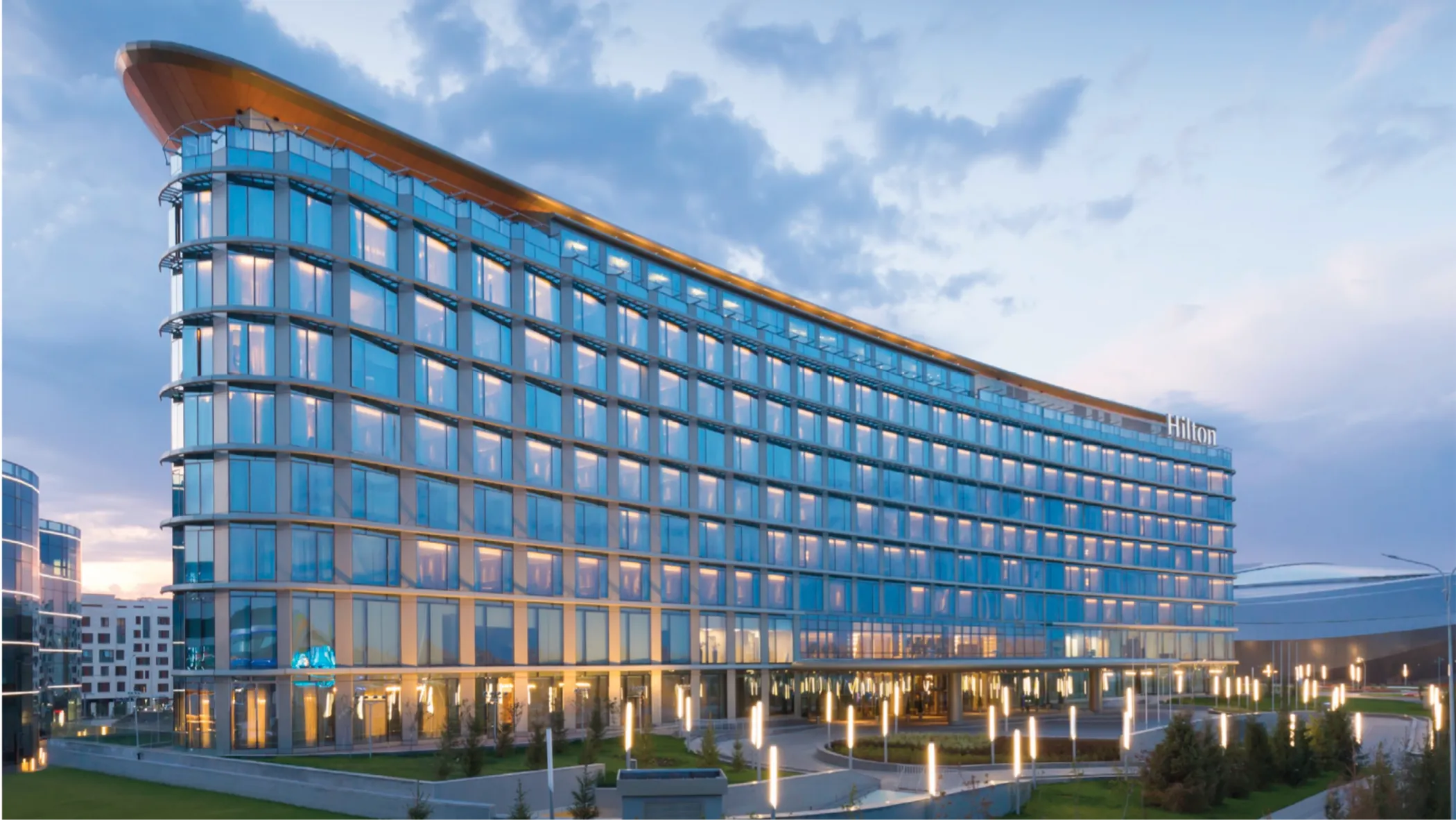
Since 2018, the Astana city council began cooperating with the ICCA, filing 29 applications to host international business conferences, eight of which were approved. Next year, the city will host five international conferences estimating a turnover of around $2 million. This volume was calculated based on the median expenditure of the delegates from previous years which equaled approximately $1,438 per person.
At the same time, the city had to build the kind of infrastructure that can accommodate international-level events. The most large-scale construction so far was what is known now as the “EXPO territory” for World EXPO-2017.
The First Complex Tourist Product
Being the third tourism cluster after Baiterek and the Palace of Peace and Reconciliation, the EXPO territory can be considered our first complex tourist product – a design intended to function as an “ecosystem” rather than an individual venue.
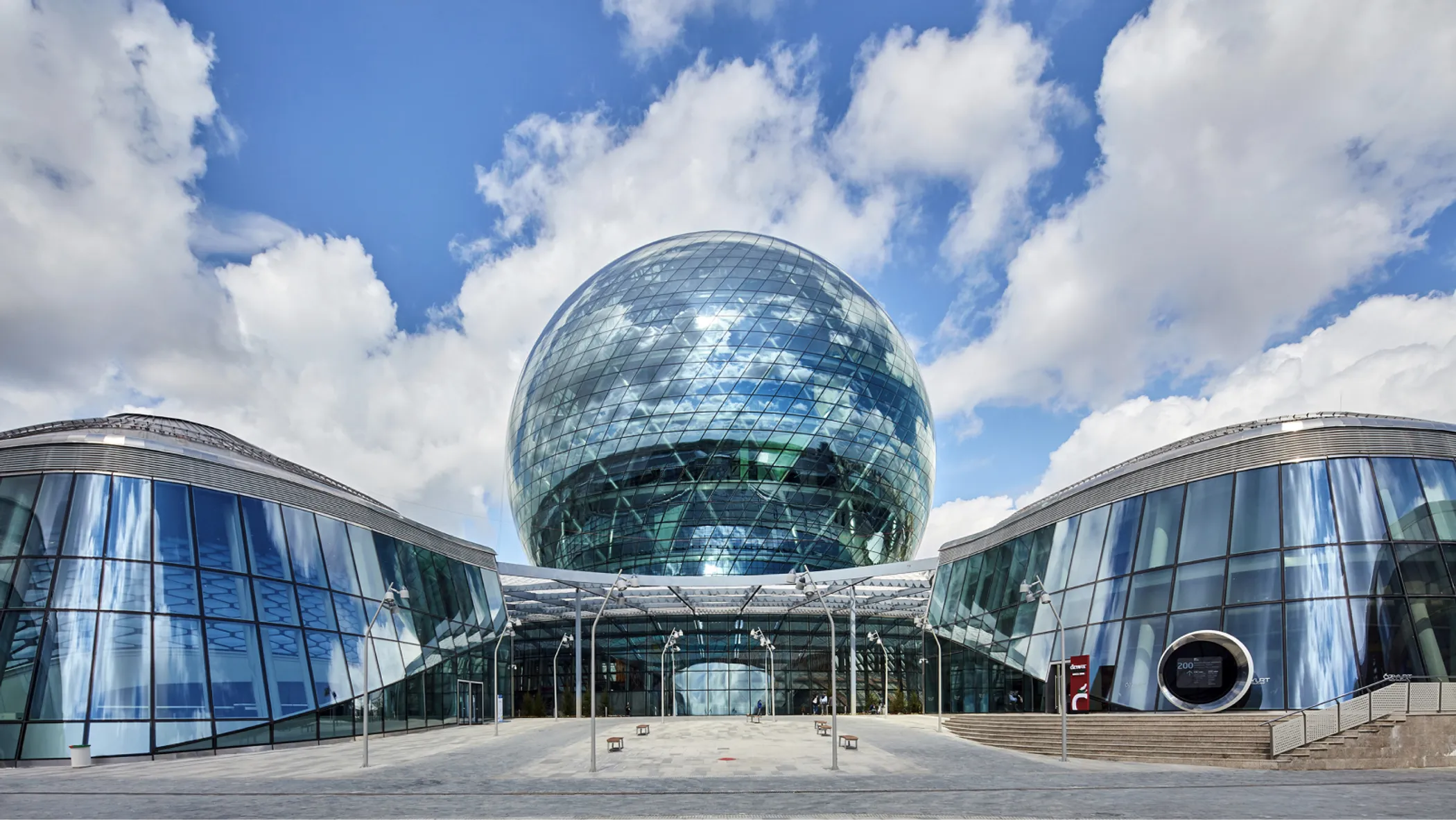
Shaped like a light bulb, the exhibition’s facilities present a recreational park and numerous halls centered around the main pavilion of Nur Alem. Those serve as interconnected business spaces and lecture sites with cozy cafes as additional leisure areas. This networking feature is used to great advantage by EXPO’s ventures such as Astana Hub and Astana International Financial Center. Plus, situated a five-minute walk away from the “light bulb” are the Hilton hotel and the biggest mall in Astana, Mega Silk Way.
It’s apparent that the designers regarded the exhibition’s premises as a complex tourist product. What does that imply?
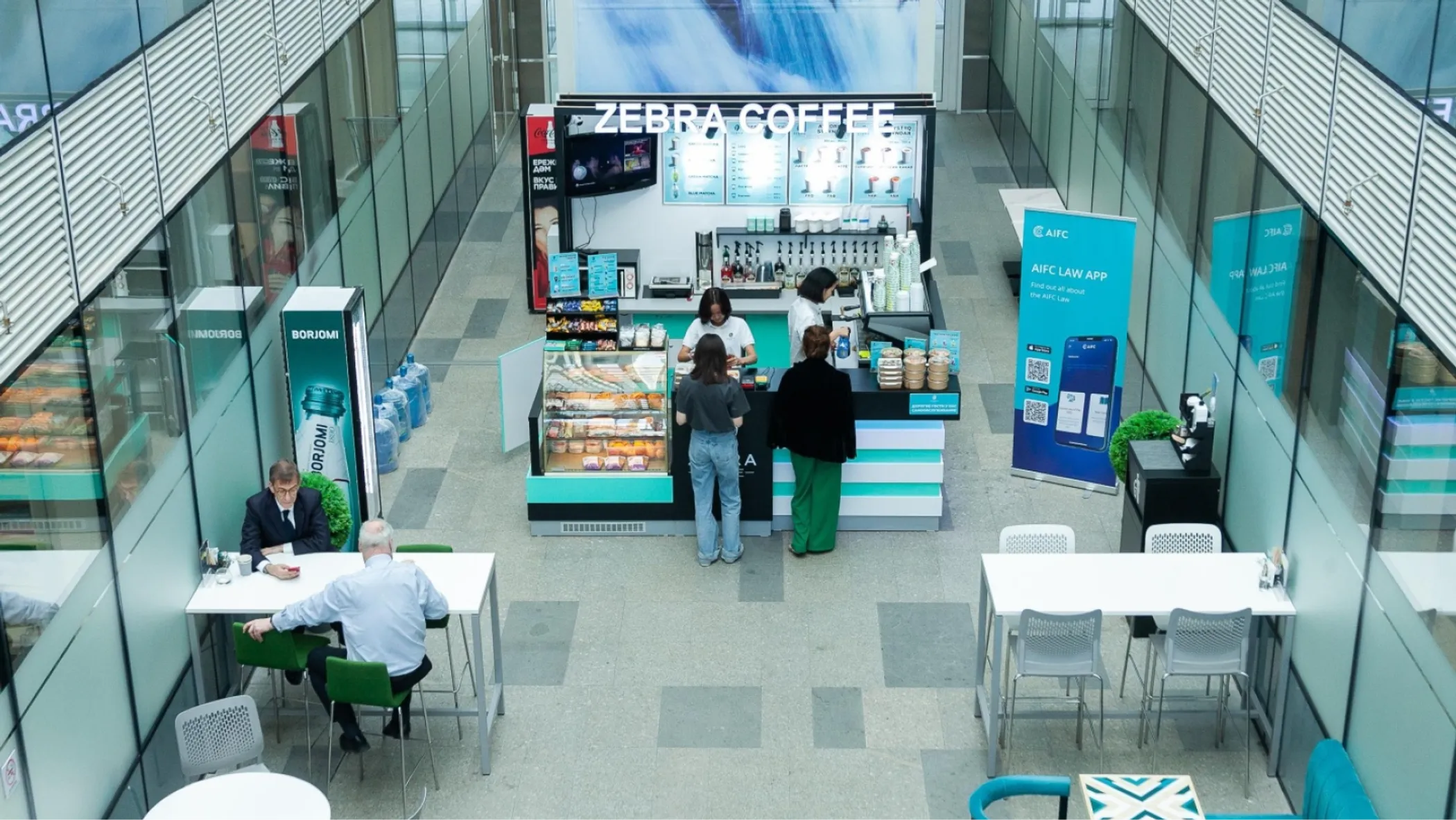
A business tourist attending any kind of event also utilizes the facilities and attractions of a city outside of the event’s venue. Given the dining and entertainment options, the attendees will use those amenities not only for recreational activities after a busy day of negotiations but also to establish relations with their colleagues in a more relaxed atmosphere. Event organizers and businesses work in sync toward leaving a good impression on the consumer.
A satisfied consumer in MICE tourism is often a well-known media or business personality who can voluntarily take on the role of an event ambassador. This serves not only particular venues or events but also boosts the city’s or country’s overall brand image.
How it Works: The Case of Digital Bridge 2022
Astana Hub recently hosted the international IT conference Digital Bridge. The two-day event was attended by 22,000 participants from 300 companies who used it as either a valuable networking experience or a venue to showcase the business. To cater to all wants and needs, the Hub developed a special app that connects users via the “set up a meeting” function.
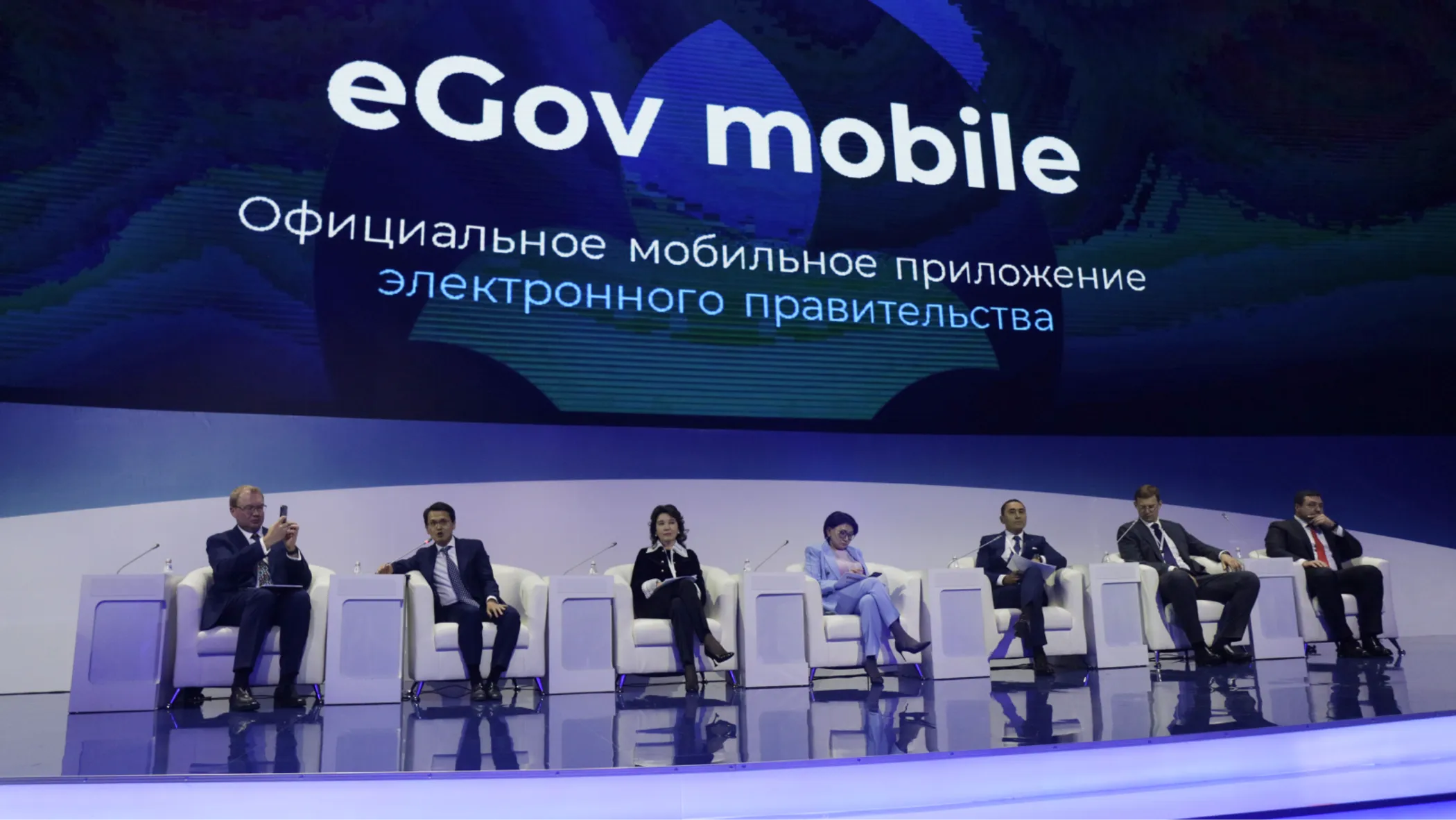
According to the head of the event office at Astana Hub, Olga Izmailova, they also launched an in-app survey among the participants in order to get a good grasp of the level of service necessary to solve unforeseen issues during the Forum.
“We had a case where one of our foreign guests changed his arrival date at the last minute and ended up without a hotel. We had to book a room in BalQaragay vacation house. You can’t imagine how pleased he was with the result,” shared Izmailova.

She also noted that, while the Hub didn’t intentionally collaborate with external businesses at the EXPO territory, their presence was one of the primary reasons behind hosting the event there. The networking potential behind the combination of a comfortable venue with easily accessible dining options and a special app for meetings created the perfect environment for business and networking.
Conclusion
Astana’s case has proven that we can rely on something other than our scenery or past hallmarks. We can still create dynamic attractions that are unlike anything in the world – ones that would position us alongside megacities like Singapore and Tokyo.
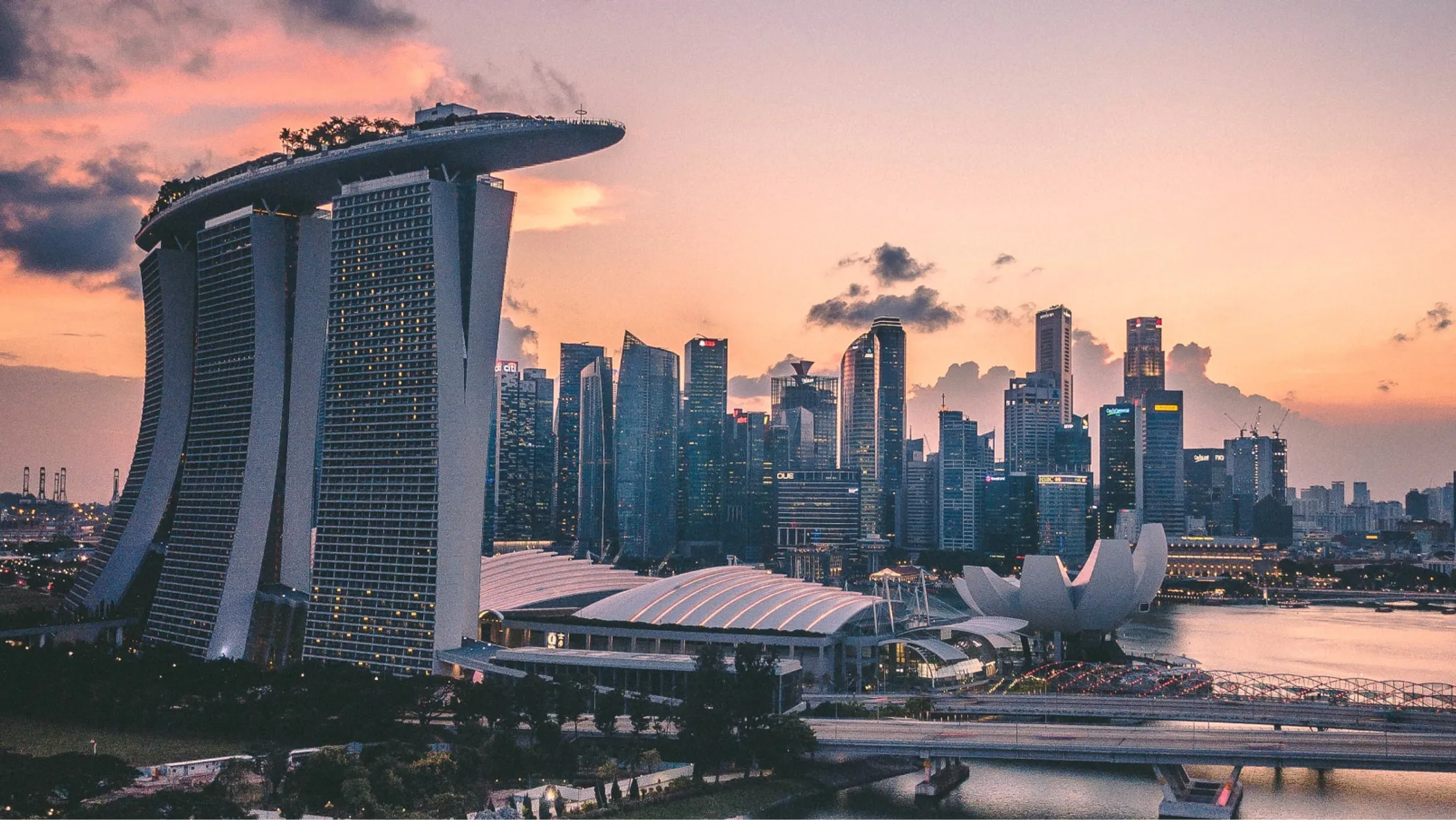
In that sense, complex tourism products have a big role to play. We saw the way a city like Astana, with its widely-spaced streets and austere buildings, rearranged itself to contribute to the interrelation between big and small businesses.
The grassroots cooperation would work wonders on revamping Kazakhstan’s stale image of a “nomadic country”. This is a vision that I think we ought to shake off.



